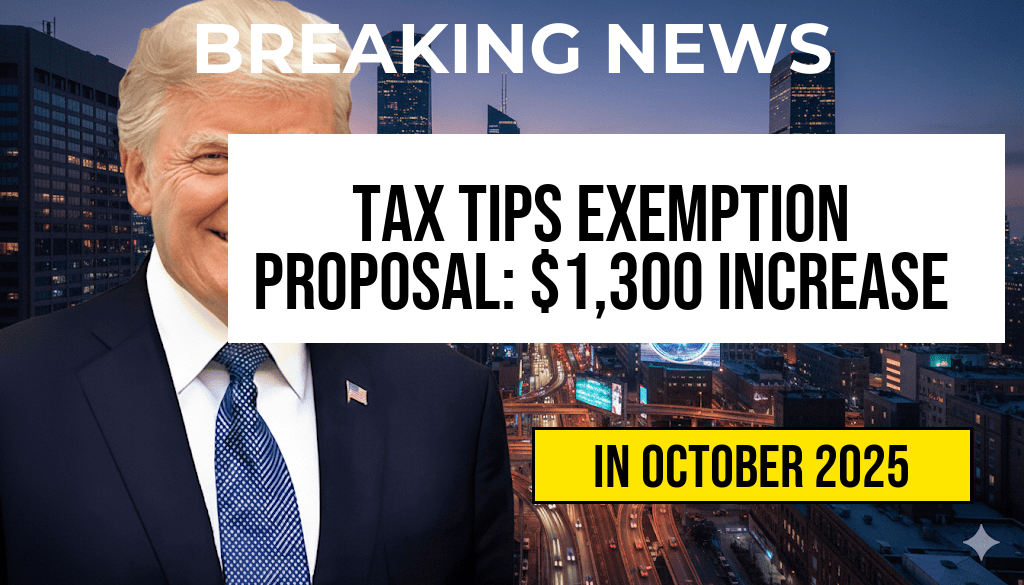IRS Announces Significant Inflation-Related Deduction Increase for 2025 Tax Year
The Internal Revenue Service (IRS) has released updated figures reflecting inflation adjustments for the 2025 tax year, revealing that single filers can now claim a deduction of up to $15,000. This increase represents a substantial rise from previous years and could translate into potential tax savings exceeding $1,650 depending on an individual’s marginal tax rate. The adjustments aim to help taxpayers offset the rising cost of living, providing greater financial relief for those filing as singles. The new deduction limits are part of the IRS’s annual effort to update key tax parameters to keep pace with inflation, ensuring that the tax code remains equitable and responsive to economic changes.
Taxpayers planning their 2025 filings should note these adjustments, which may influence their strategies for deductions and taxable income management. The increased deduction ceiling effectively reduces taxable income, potentially lowering overall tax liability. Experts suggest that this adjustment could encourage more taxpayers to itemize deductions or leverage available credits, especially as inflation continues to exert upward pressure on everyday expenses.
Understanding the Inflation Adjustment and Its Impact
The IRS annually updates various tax parameters, including standard deduction amounts and itemized deduction limits, based on inflation indices. For 2025, the inflation adjustment has led to the highest single deduction limit in recent years, reflecting a broader effort to maintain taxpayer fairness amid economic shifts.
Key highlights include:
- Single filers can claim deductions up to $15,000
- The potential tax savings can exceed $1,650 for taxpayers in the highest marginal tax brackets
- This change may influence filing decisions, especially for those considering itemized deductions
The deduction figure primarily impacts expenses related to medical costs, mortgage interest, charitable donations, and certain miscellaneous expenses. These deductions are vital for reducing taxable income, especially as inflation causes prices to climb across sectors.
How the Deduction Affects Taxpayers’ Bottom Line
To understand the potential benefits, it’s essential to consider the relationship between deduction amounts and marginal tax rates. For example, a single filer in the 22% tax bracket could realize a tax saving of approximately $3,300 if they qualify for the full deduction—assuming their deductible expenses reach the maximum.
| **Tax Rate** | **Potential Deduction Value** | **Estimated Tax Savings** |
|————–|——————————|————————–|
| 12% | $15,000 | $1,800 |
| 22% | $15,000 | $3,300 |
| 24% | $15,000 | $3,600 |
*Table 1: Estimated tax savings based on different marginal tax rates for a single filer claiming the maximum deduction.*
This calculation underscores the importance of understanding your specific tax bracket and planning deductions accordingly. Tax professionals advise reviewing deductible expenses early in the year to maximize benefits, especially as inflation-driven increases make certain expenses more significant.
Broader Context: Inflation, Tax Policy, and Future Outlook
The IRS’s inflation adjustments are part of a broader effort to ensure the tax system remains fair and responsive. Historically, inflation adjustments help prevent ‘bracket creep,’ where taxpayers inadvertently move into higher tax brackets due to rising income or expenses without actual increases in real purchasing power.
According to [Wikipedia’s page on Inflation Adjustment](https://en.wikipedia.org/wiki/Inflation_adjustment), these calculations are based on the Consumer Price Index (CPI), which measures the average change over time in prices paid by consumers. As inflation continues to influence economic conditions, further adjustments to other tax parameters, such as contribution limits for retirement accounts and estate tax thresholds, are anticipated.
Looking ahead, taxpayers are encouraged to consult resources like the [IRS official website](https://www.irs.gov/) for the latest updates and guidance on how these adjustments may influence their 2025 filings. Financial advisors also recommend maintaining detailed records of deductible expenses throughout the year to ensure compliance and optimize tax benefits.
Implications for Tax Planning and Policy
The rise in the deductible amount reflects policymakers’ acknowledgment of the need to support taxpayers amid economic pressures. While some critics argue that higher deductions may benefit higher-income individuals more significantly, the adjustment serves as a vital tool in maintaining the progressivity of the tax system.
As inflation persists, further increases in deduction limits and other tax parameters are likely. Taxpayers should stay informed about these changes, especially as they can significantly influence overall tax planning strategies.
For more detailed information on how inflation adjustments are calculated and their impact, visit the [Forbes Tax Section](https://www.forbes.com/taxes/).
Frequently Asked Questions
What is the IRS inflation adjustment for 2025?
The IRS has announced an inflation adjustment for 2025, allowing singles to claim a deduction of up to $15,000, which is worth over $1,650 depending on your tax rate.
Who is eligible to claim the increased deduction in 2025?
Eligible taxpayers are single filers who meet the IRS requirements for claiming the deduction in 2025, including meeting income thresholds and filing status criteria.
How does the deduction amount impact my tax savings?
The $15,000 deduction can reduce your taxable income, potentially saving you over $1,650 in taxes, depending on your tax rate and overall financial situation.
Will the deduction amount change in future years?
The deduction is subject to inflation adjustments by the IRS, so it may increase or decrease in future years based on inflation rates and tax law updates.
How can I maximize my tax benefits with this deduction?
To maximize your tax benefits, consider planning your deductible expenses and consulting with a tax professional to ensure you qualify for the full deduction amount in 2025.










